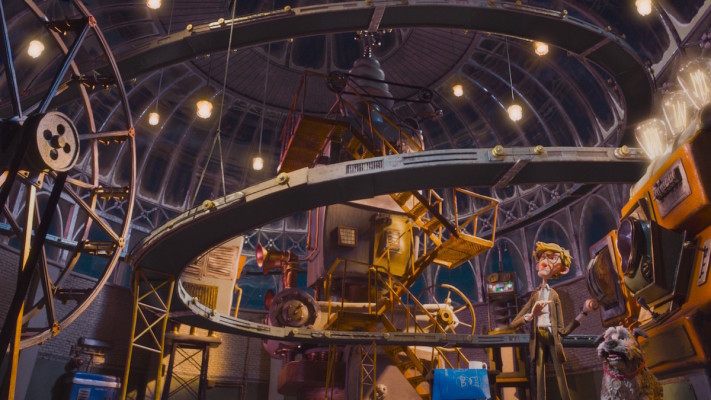The Sainsbury ad of a dad creating replicas of himself to spend more time with his family will be doing rounds on UK’s national television soon. Advanced 3D printing technology has been employed in the making of this Christmas-special three-minute supermarket commercial. It features multiple animated versions of the creative-headed dad who attend to worldly requisites while he spends a merry Christmas with his family.
However, it does make us wonder if the idea was deployable in real-life as well. Well, of course, it is! 3D printing in healthcare technology enables to replicate a completely functional model of any given organ from bio-based materials. Hearts, dental sets, skeletal components, prosthetic arms, and exoskeletons are among the most popular products that make their way to the list. But we are not here to discuss the obvious support scaffolds and stents that have been trending quite lately. Here we discuss the complete functional models that can be used to transplant inside a human body minus any side effects. Our focus is on regenerative science and tissue engineering, to develop cell clusters out of specimen stem cells.
The crisis of organ donors
The urgent quest for organ donors around the world is as real as it can get. Around 119,966 patients in U.S. alone await suitable donors to help them get back to normal lifestyle. Presence of black sheep dealers in the supply channel worsen the situation. With proper regard to this backdrop, the critical importance of producing enough life-saving organs for the needy populace can be outlined perfectly. Certain research groups have gained incredible success in the 3D printing techniques and systems. Jennifer Lewis et al. from the Harvard University is one such group of research professionals who managed to develop organ-on-a-chip modules for kidneys and hearts through 3D printing techniques.
If we do have manufacturing technologies for 3D printing healthcare industry in place, then what exactly holds the progress so far? One needs no rocket science to get a plausible answer. It is the cost and time involved in an individual process that retards the growth rate. In addition, the vital organs, such as brains or kidneys, are more complex in construction architecture and fall beyond the scope of most available 3D printing equipment and material.
Bringing in artificial intelligence
Centre3 for Print and Media Arts organized a three-day conference, the Function Keys from November 11-13, 2016 in Canada. On the third day of this event, the attendees were left awestruck by a commendable presentation made in the bio textile craft segment. In a transdisciplinary work by WhiteFeather, the Canadian artist with an affinity for biomaterial-based art has presented the results of her three-year research on tissue culture and imitating human haptic epistemology. A closer follow-up of her work is enough to build a picture of the numerous possible outcomes of tissue engineering.
To be able to emulate, or at least match, human analogy effectively it is essential to bring artificial intelligence into the picture. The use of artificial intelligence in the 3D printing healthcare industry is a long-drawn concept. Skeptics go about counting each possibility that does not deteriorate the designs or overall productivity in any way. Remarkable contributions from Elon Musk and his collaborative foundations have researched the potential success of the concept thoroughly, which eventually explain the gargantuan amount of investments made in the form of research funding.
Settling beliefs and setting trends
Dr. Anthony Atala from the Wake Forest Institute for Regenerative Medicine (WFIRM) voiced similar opinions at the first Brainstorm HEALTH conference in San Diego, California. There was an intense discussion on the application of artificial intelligence and 3D printing to replace some roles of healthcare professionals and un-necessitate the need of organ donors. Up against the IBM Watson Healthcare’s Deborah DiSanza and Athenahealth CEO Jonathan Bush, he stresses on the prime quality of Watson, “When you see patients coming through the door, 99.5% of the time, you’re going to know exactly what’s going on. It’s that 0.5% that baffles you. And it’s not just on a sub-specialist level.” He went ahead to reiterate the importance of reviving the research approaches to bring more efficient and cost-effective organ printing technologies to the market. Automatic 3D printing technologies in healthcare will speed the process, lower the cost, and reduce the chances of malfunction.
There is no need to be worried by the entry of smart machines and 3D printers in the healthcare industry. It will only bring a win-win situation for both the ends of the demand-supply channel. It is essential for professionals to realize that the translation of technology will make time for other good things at no cost to their employability status. With a focused approach, the developed products will experience minimal bottlenecks in gaining regulatory approvals from concerned authorities. Far from popular speculation, researchers have made amazing progress in this arena and users may not have to wait for a decade or two to see the end-results.




